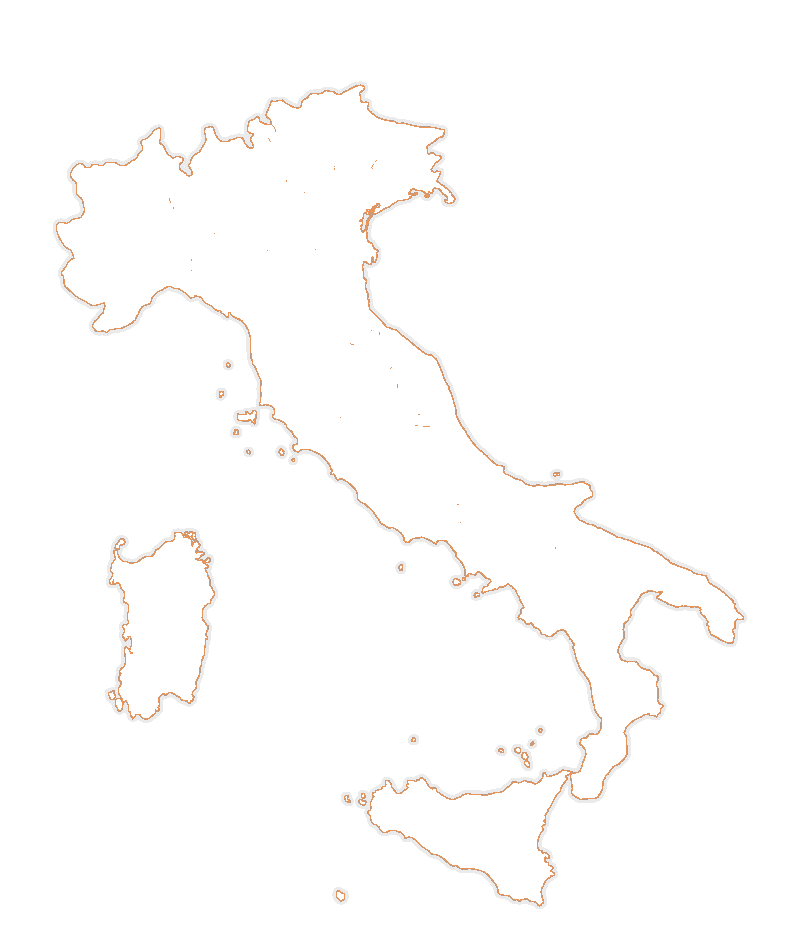Umbria (Umbria)
Umbria is one of the smallest regions in Italy and one of the few without direct access to the sea.
Umbria is for gentle tourism and slow food. The medieval villages integrate harmoniously into the green hills. If you are looking for recreation and relaxation, a holiday home surrounded by nature and olive groves is just right.
In the south of Umbria is the geographical centre of Italy. This centrality is also reflected in the character of the people: Warm, open and hospitable, as the visitor will feel again and again.
Umbria’s history goes back to Etruscan times. In the places you can admire well-preserved buildings of antiquity and medieval town centres and castles.
The largest cities in Umbria are Perugia, Terni, Foligno, Città di Castello, Spoleto, Gubbio, Assisi, Bastia Umbra, Orvieto and Narni.
Discover and experience Umbria
Umbria’s capital Perugia
Medieval Perugia, with its winding alleyways, narrow staircases, fountains, and arches, sits on a hill that opens up a wonderful view over the mountain range of the Apennines, Lake Trasimeno and the Valley of the Tiber.
The Corso Pietro Vannucci promenade leads to the heart of Perugia, where Piazza IV Novembre invites with cosy street cafés. Here you can admire one of the most beautiful medieval fountains in Italy, the Fontana Maggiore. The mighty Palazzo dei Priori is now home to Umbria’s National Gallery.
Perugia is protected by two city walls, the Etruscan city wall, of which the Arco Etrusco, the Etruscan Arch in Via Ulisse Rocchi is still present. The second city wall was built in the Middle Ages around the city strategically located on the hill. The six-kilometre-long wall integrates the five city gates, Porta Marzia, Porta Trasimena, Porta sole, Porta Eburnea and Porta Cornea, some of which date back to Etruscan times.
Assisi and the Basilica of Saint Francis
Assisi lies beautifully visible from afar, on a hill, as is quite typical of Umbrian places.
The most important figure of Assisi is San Francesco, Saint Francis. He founded the First Order of the Franciscans here, which is still an important pilgrimage destination today. The Basilica of St. Francis is a double church consisting of two churches built on top of each other. Two years after his death, Francis of Assisi was canonized in 1228. In the same year, the construction of the church above the tomb began with its relics, which for a long time were hidden in the lower part of the church.
The beautiful frescoes by the painter Giotto di Bondone, who described the life of Saint Francis in a cycle of 28 frescoes, became particularly famous.
Following the example of Francis of Assisi, Clare of Assisi devoted herself to God and the poor and founded the Order of the Clare Sisters.
Orvieto
Orvieto also radiates with kindness through its colorful ceramic art, for which there is a long tradition in the region.
Orvieto was built on a platform of volcanic tuff. In the soft tuff stone, a maze of ducts was carved with cisterns that supplied the city with water and served as storage tanks.
In ancient times, the apartments were also mostly in the caves of Tuff stone. The first human settlements in Orvieto date back to the Bronze and Iron Age.
Archaeological finds prove the settlement by the Etruscans. For example, Etruscan tombs can be found beneath the rocky plateau on which the city is built.
Already in ancient times, Orvieto was a rich artisan and commercial town, which was a natural military base thanks to its strategic location.
Gubbio
Gubbio is little known and still an insider’s tip. The small town is located in the north-east of Umbria and is one of the oldest places in Umbria.
Nature parks
Umbria has six nature parks, including the Lago di Trasimeno Nature Reserve, the Tiber River Park and Nera, Monte Subasio Park, Colfiorito Park, Monti Sibillini National Park, which borders the Marche region.
Lake Trasimenian is known as a holiday resort (Lago di Trasimento). Around the lake there are resorts and campsites. In the lake there are three islands, of which only the Isola Maggiore is served by boat from Tuoro, Passignano and Castiglione del Lago. Isola Polvese is largely a nature reserve and can only be reached by boat from San Feliciano. Isola Minore is uninhabited and closed for visitors.
Interesting is the former Benedictine abbey of Badia di Sant ‘Arcangelo above the village of Sant ‘Arcangelo.




